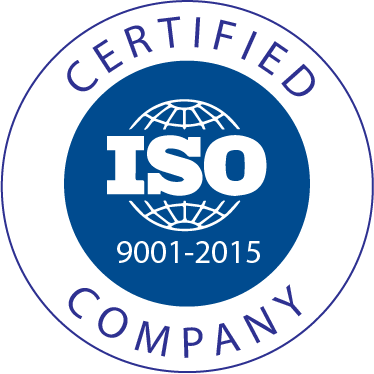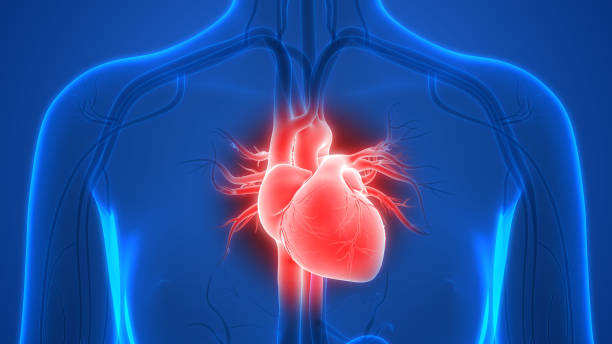Atrial Septal Defect (ASD) Repair in India starts from $5200. The total cost of the treatment depends on the diagnosis and facilities opted by the patient.
About Atrial Septal Defect (ASD)
An atrial septal defect (ASD) is a hole in the wall (septum) between the upper two chambers of the heart, known as atria. It is a congenital defect, that is, the defect is present at the time of the birth.
Some ASDs are extremely small and never cause any trouble. Some may close on their own during infancy or early years after the birth. However, for symptomatic ASDs, people may need treatment during their childhood or adulthood, depending on the severity of the symptoms.
ASDs may also go unnoticed or undiagnosed. However, symptoms such as breathlessness, swelling in the legs, heart palpitations, and heart murmurs can be a sign of ASD. Therefore, it must be repaired then and there.
How is Atrial Septal Defect Treated?
Atrial septal defects are repaired or treated through following two approaches. The ASD repair cost depends on which of these approaches are applied.
- Transcatheter ASD Repair : This is a minimally invasive procedure, which is performed in a catheterization lab. In this approach, a catheter is passed from a blood vessel in the arm or groin area to reach the site of the defect. The mesh is placed on top of the defect to close it. After securing the mesh, the catheter is withdrawn.
- Surgical ASD Repair : This approach is more common as compared to the transcatheter repair. In this case, the surgeon makes an incision in the chest to access the defect and place a patch to cover the hole. Before the surgery, the patient is put on a heart-lung bypass machine so that the surgeon can repair it.
The success rate of both approaches is more than 98 percent. However, transcatheter ASD repair has been associated with quicker recovery.
Factors Affecting the Cost of ASD Repair Surgery Cost
The following factors affect the Atrial Septal Defect repair cost:
- The approach used for the repair
- Size of the defect
- Experience of the specialist
- Choice of hospital or clinic
- Location of the hospital or clinic
- Age of the patient
- Presence of other comorbidities
- Duration of hospital stay
- Other hospital charges
- Unforeseen circumstances






